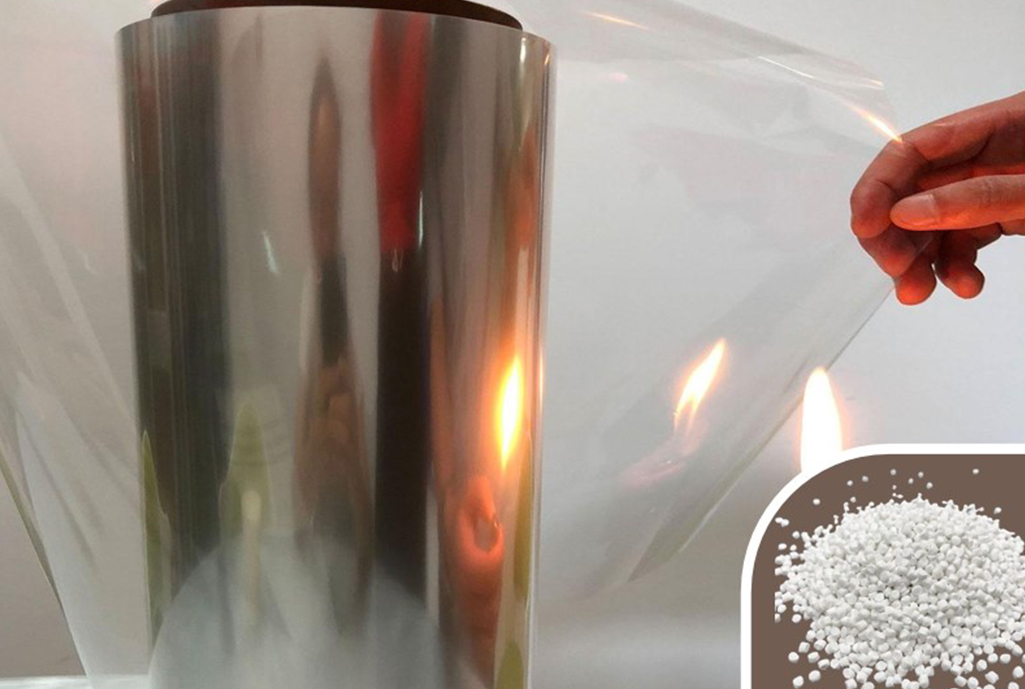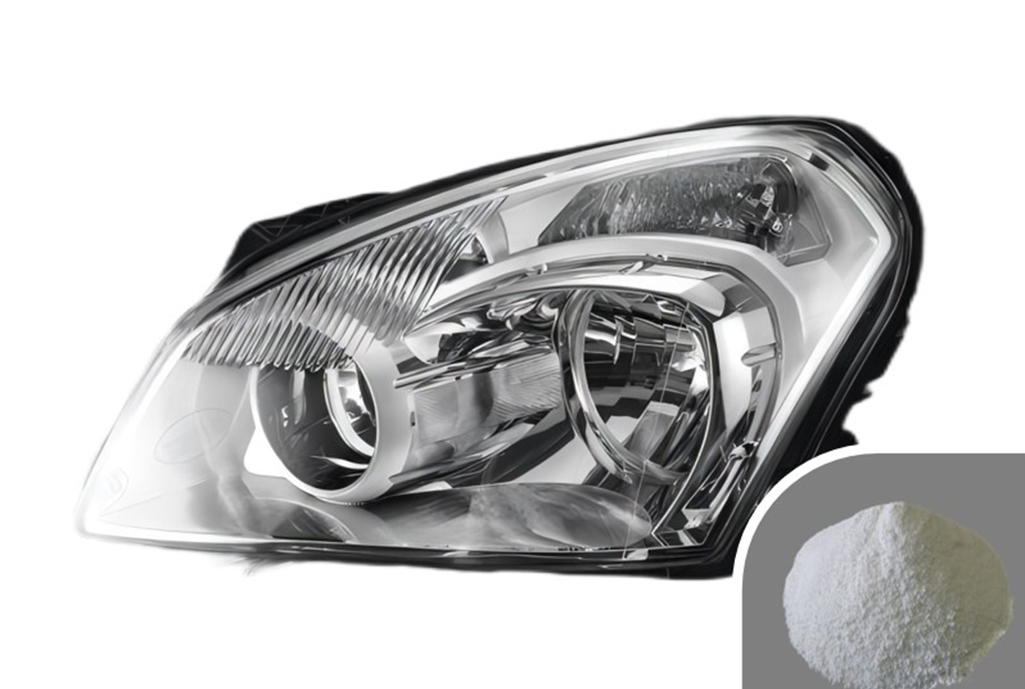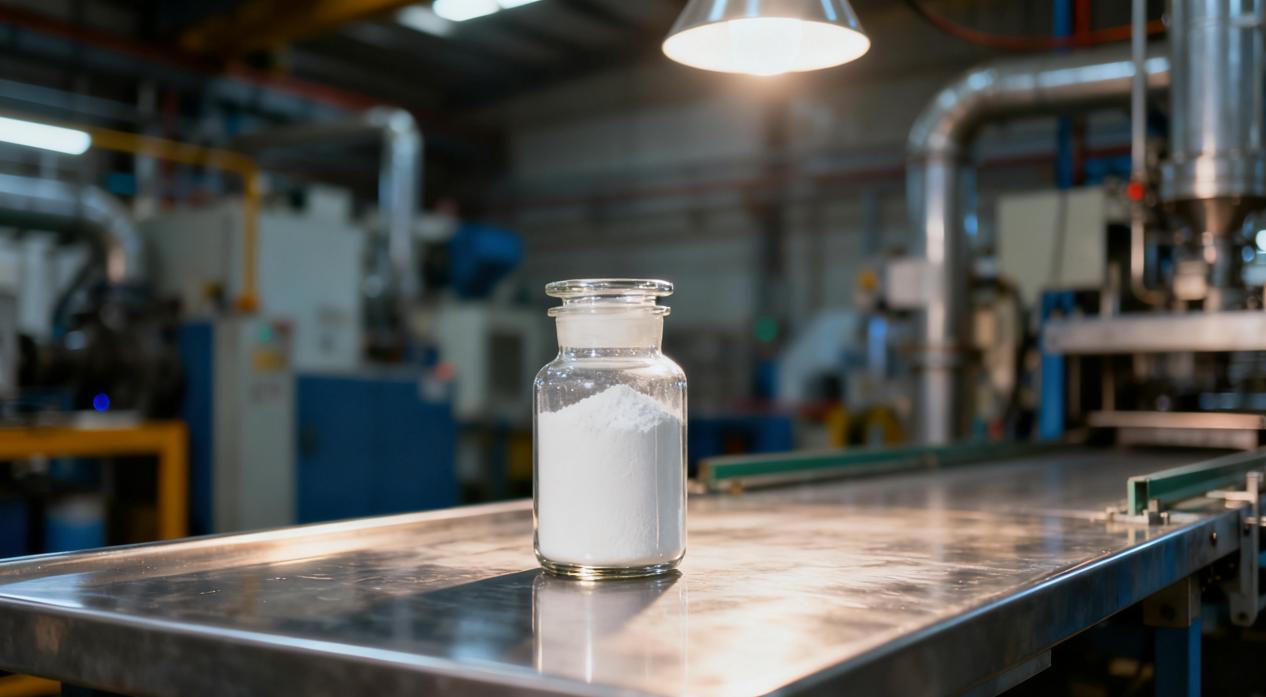Where are Composite Flame Retardants Used (Applications)?
2025-08-12
In many industries, fire safety is paramount. Composite flame retardants have become a key component in modern materials science due to their superior performance. They aren't just single chemical substances; rather, they're a mixture of different types of flame retardants combined in specific proportions and ways to achieve a synergistic effect, providing more efficient and long-lasting fire protection.
1. Construction and Building Materials Industry
Fire safety in buildings is the foundation of public safety. The application of composite flame retardants in building materials is crucial, especially in the following areas:
-
Insulation Materials: Polyurethane foam, polystyrene foam, and other insulation materials are potential fire hazards. Adding composite flame retardants can effectively improve their fire-retardant properties, reducing the risk of fire.
-
Cables and Pipes: Wires, cables, and plastic pipes inside buildings must have good flame retardancy. Composite flame retardants ensure that this critical infrastructure does not become a fuel source during a fire, slowing the spread of flames and buying precious time for evacuation and rescue efforts.
-
Paints and Adhesives: Fire-retardant paints and adhesives can be applied to surfaces like wood and metal to form a protective layer, effectively preventing flame erosion and protecting the base material.
2. Transportation Sector
Materials used in the interiors of cars, planes, and trains must meet strict fire safety standards to ensure passenger safety. The application of composite flame retardants in this field is extensive:
-
Automotive Interiors: Car seats, carpets, dashboards, and other interior materials are typically made of plastics and textiles. Adding composite flame retardants can effectively reduce the risk of these materials igniting during a collision or electrical malfunction.
-
Aerospace: Airplane seats, wall panels, overhead bins, and other components must be made from highly fire-retardant materials. Composite flame retardants play a critical role in the aerospace sector, helping materials meet extremely stringent fire requirements and ensuring flight safety in extreme circumstances.
-
Rail Vehicles: Train car seats, floors, and electrical equipment also require high flame retardancy to prevent fires from spreading rapidly in a confined space.
3. Electronics and Electrical Appliances Industry
As electronic devices become more ubiquitous, their fire safety issues are increasingly prominent. The use of composite flame retardants in electronic products is indispensable:
-
Circuit Boards and Casings: The circuit boards and plastic casings of electronic products like TVs, computers, and phones need to have good flame retardancy to prevent fires caused by overheating or short circuits. Composite flame retardants can effectively suppress flames and prevent them from spreading.
-
Household Appliances: The internal components and casings of household appliances such as refrigerators, washing machines, and air conditioners also need their fire performance enhanced by adding composite flame retardants to ensure household electrical safety.
-
Charging Equipment: With the popularization of electric vehicles and mobile devices, the safety of charging stations and chargers is particularly important. Composite flame retardants can ensure that even if a malfunction occurs during use, these devices effectively prevent a fire.
4. Furniture and Home Goods
In our daily lives, many pieces of furniture and home goods also rely on composite flame retardants to ensure safety:
-
Mattresses and Upholstered Furniture: The fillings and fabrics of upholstered furniture like sofas and mattresses are often flammable. Adding composite flame retardants can significantly improve their fire resistance, preventing fire sources (such as cigarettes or candles) from causing a fire.
-
Curtains and Carpets: Curtains and carpets are an important part of interior decoration, but they also pose a fire risk. Using flame-retardant textiles with added composite flame retardants can effectively reduce this hazard.
5. Textile and Apparel Industry
Flame-retardant textiles are very important for special occupations and high-risk environments:
-
Firefighter Uniforms: A firefighter's uniform needs to have extremely high flame retardancy to protect them from high temperatures and flames.
-
Industrial Workwear: In high-risk industries like petrochemicals and metallurgy, workers' uniforms need to have flame-retardant properties to prevent injuries from accidental contact with fire sources during work.
In summary, the application of composite flame retardants is wide-ranging and deep, from the household items in our daily lives to the buildings and vehicles that ensure public safety, and even to high-tech electronic devices. They provide more efficient and reliable fire protection solutions for modern society through synergistic effects, greatly enhancing safety levels. As the demands for fire safety continue to rise, the research and application of composite flame retardants will continue to develop in a more environmentally friendly and efficient direction.




















